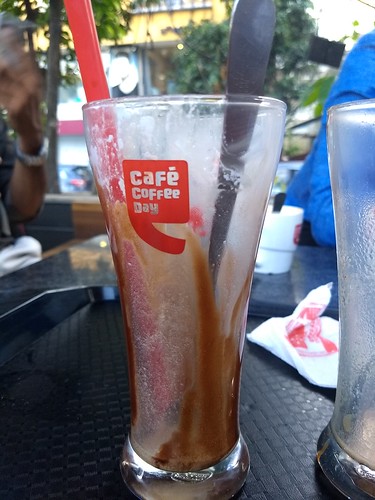sequencer with primer SSU9R . The resulting sequences were used in BLASTN similarity searches of GenBank nucleotide database entries allowing a putative genus to be assigned to each sample. Multiple sequence alignments performed in MegAlign within the DNASTAR software suite were used as a basis for designing genus specific qPCR primers to the variable regions within the SSU gene that could discriminate between the different nematode genera present at the trial site. BLASTN searches of the GenBank database confirmed the predicted specificity of each primer pair. Genusspecific primer pairs were tested in two SYBR Green qPCR reactions with dissociation curves using DNA template prepared from a) single nematodes and b) a pool of 200 randomly selected worms. In addition, the sequence of products amplified from pools of 200 randomly selected individuals was determined. The primers were validated as specific for the range of nematodes present in the soil samples. Field trial The field trial was conducted at the University of Leeds Field Station, Headley Hall Farm, Tadcaster, West Yorkshire, UK. This was a randomised block design with 4 replicate small plots per line using the same range of plants as in containment trial for faunal analysis. Each potato plot contained 9 plants grown from chitted tubers 38 cm apart in the row with rows 77 cm apart. OSR was planted near the site and transplanted at 17 plants/m2 into the replicate plots for this crop within the trial, concurrently with potato planting. The trial was surrounded with guard rows of potato cv Sante. The sampling for faunal analysis was before planting, at flowering of cv Desiree and before harvest. On the two occasions after planting, 100 g of soil was recovered from the rhizosphere of each plant and nematodes 3544-24-9 extracted from pooled samples for the nine plants per replicate plot using the tray method to facilitate handling many samples. Preliminary work established that both this and the Seinhorst flask method of nematode extraction from soil provided similar values for nematode faunal analysis. Following removal of the haulms, soil samples were collected from the base of each plant upon harvest of the tubers. The soil samples from 9 plants in a replicate plot were mixed thoroughly, dried and duplicate 100 g aliquots per plot removed for Globodera PubMed ID:http://www.ncbi.nlm.nih.gov/pubmed/22181837 cyst extraction and egg counts as described above. qPCR based method for faunal analysis The nematodes extracted from 100 g soil samples as described above were incubated in 1 ml of 0.25 M NaOH overnight at 25uC followed by heating at 99uC for 3 minutes. After cooling to room temperature, 200 ml 1 M HCl, 500 ml 0.5 M Tris-HCl and 250 ml 2% Triton X-100 were added and the samples heated again at 99uC for 3 min. Lysate was stored at 220uC. Comparative qPCR was performed on a Mx3005P qPCR system using 5 ml template DNA in a 25 ml reaction volume with 16 iQ SYBR Green Supermix and 300 nM of the appropriate genus specific primer pair. Reactions, including no  template controls, were performed in triplicate. The reaction conditions were 95uC for 3 minutes, then 40 cycles of 95uC for 30 seconds, 60uC for 30 seconds and 72uC for 30 seconds. Ct values obtained for a series of individuals for each genus were used to normalise mean DNA content per nematode from qPCR results, with Aphelenchoides as an arbitrary calibrator. For initial sampling from the field trial site, the relative numbers of nematode genera were validated with tandem measurements using
template controls, were performed in triplicate. The reaction conditions were 95uC for 3 minutes, then 40 cycles of 95uC for 30 seconds, 60uC for 30 seconds and 72uC for 30 seconds. Ct values obtained for a series of individuals for each genus were used to normalise mean DNA content per nematode from qPCR results, with Aphelenchoides as an arbitrary calibrator. For initial sampling from the field trial site, the relative numbers of nematode genera were validated with tandem measurements using
